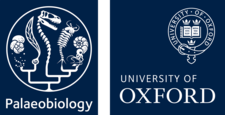AbstractMolluscs are the second most speciose metazoan phylum, and arguably molluscs demonstrate the largest morphological disparity. The dramatic body-plan modifications and changes among the molluscan clades leave few consistent characters that can be directly compared across all eight living classes. The five groups covered here—Caudofoveata (chaetoderms), Monoplacophora (headless deep-sea limpets), Polyplacophora (chitons), Scaphopoda (tusk shells), and Solenogastres (neomeniomorphs)—are all exclusively marine, and live as benthic or infaunal species. They are less commercially exploited than the other more speciose and edible groups of molluscs, but nonetheless demonstrate extensive diversification within each clade, and many are locally abundant and exert significant ecosystem control. They also possess fascinating specialized sensory structures, from the sensory shell ‘eyes’ or aesthetes within the shells of chitons, to the inordinate elastic sensory tentacles that scaphopods use for feeding. Neuroanatomy has long been crucial to the study of molluscs and molluscan phylogeny. Indeed, aplacophorans (Caudofoveata and Solenogastres) as well as scaphopods were historically considered to be worms, but the organization of their nervous systems helped early comparative anatomists to recognize these animals as molluscs. This assessment of the nervous systems across diverse body plans may prove essential to resolving larger questions about molluscan and metazoan evolutionary dynamics.



